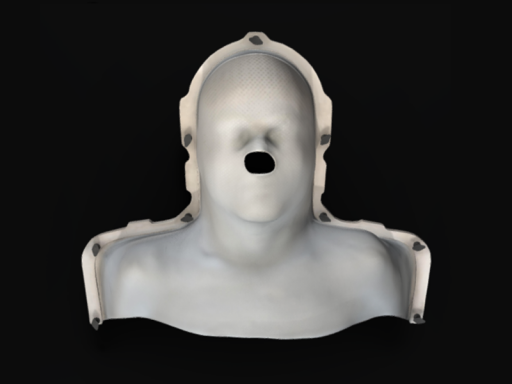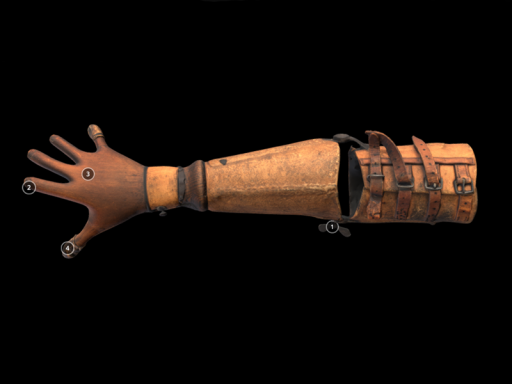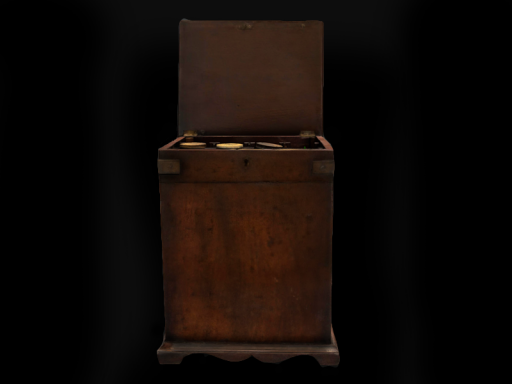
Curriculum links
About this object
This saw was used to amputate (cut off) people’s arms or legs. It is about 500 years old. Back then there were no proper anaesthetics (medicines to make the patient lose consciousness), and no effective analgesics (painkillers). As a result, the surgeon had to work very quickly. The biggest risk with surgery in those days was infection: germs entering the body could quickly reproduce, and that can cause the body’s organs to fail because of a life-threatening condition called sepsis. The ornate handle indicates that this saw was used on rich people. Unfortunately, the folds of its design provided the perfect place for germs to hide, increasing the risk of infection.
Surgery Today
In the 500 or so years since this amputation saw was made, scientists have made huge advances in the understanding of disease. They have also developed effective anaesthetics and analgesics, as well as antiseptics that kill germs. Most surgery is carried out in germ-free (aseptic) conditions, dramatically reducing the risk of infection.
Learn more about this object on the Science Museum Group Collection website.
Learn more about surgery from these stories:
Discussion questions
- How would you deal with the pain of surgery without any analgesics or anaesthetics?
- What are some of the ways you reduce the risk of infection when you are injured?
- How do we know that germs cause disease?



